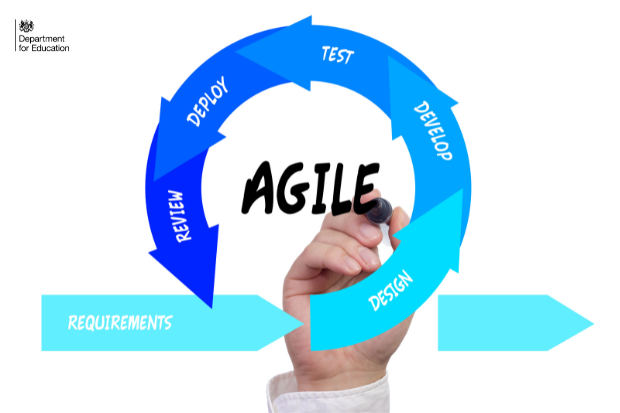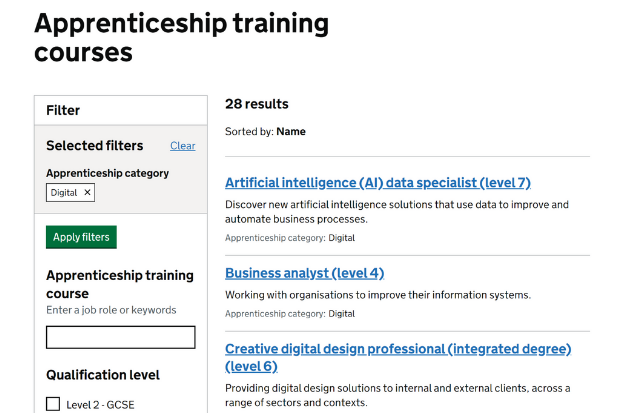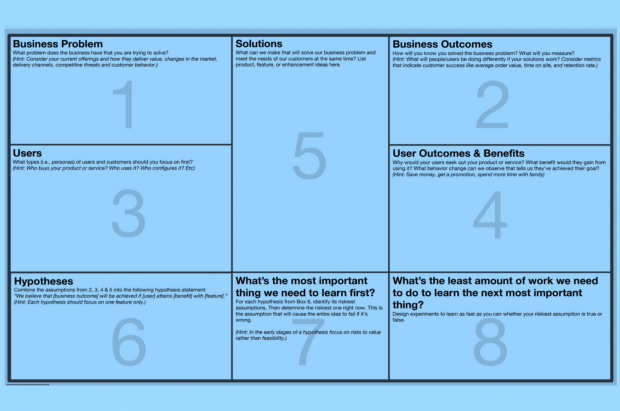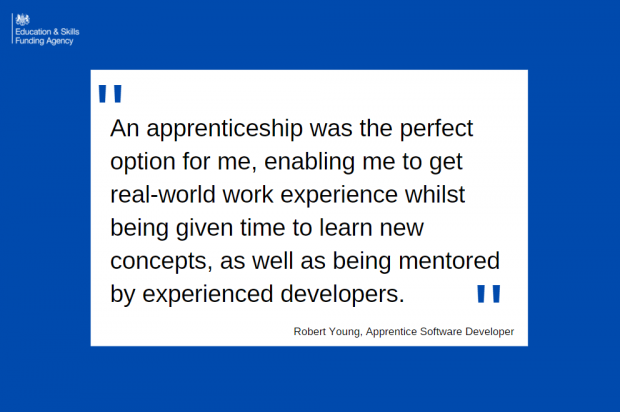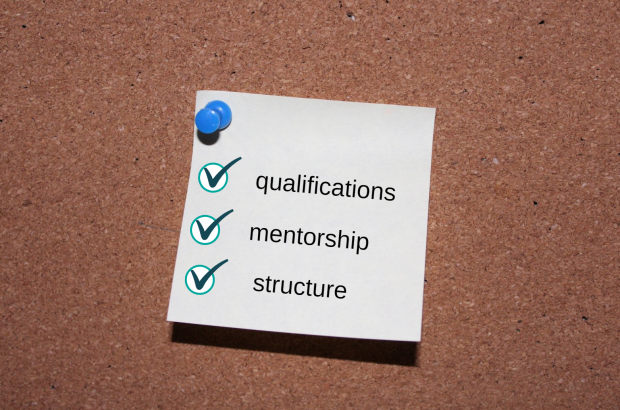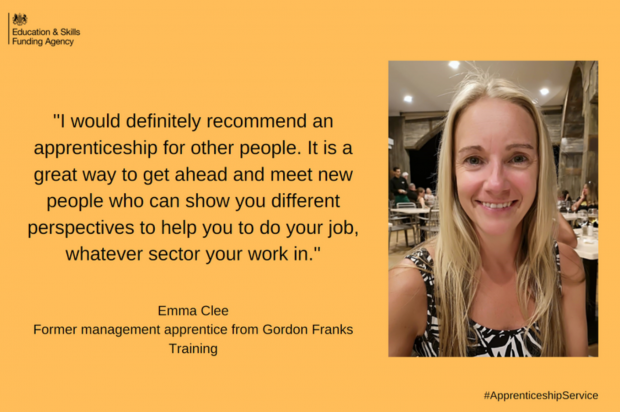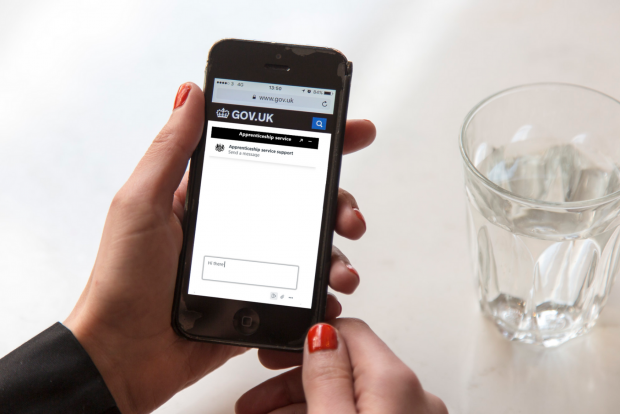Apprenticeship service
Making accurate payments to providers and employers is a key aim of the Apprenticeship Service and a key user need to address. Gary Tucker, Deputy Director at the Apprenticeship Service, talks about how the Service has created very accurate payments and built a capability to ensure apprentices are given the opportunities they deserve.
Alexandra Pyatt, Senior Apprenticeship Policy Manager in the Apprenticeship Service, talks about her journey of a Level 7 Senior Leaders Master’s Degree Apprenticeship.
User researcher, Dan Clayton, talks about his transition from academic research to user research in the apprenticeship service, and how the Covid-19 pandemic has impacted how he works with colleagues and gathers research from users.
As designers, solving user problems is built within our DNA. We create our best designs when we work together to solve issues that users face.
An apprentice software developer describes his apprenticeship journey since joining the Department for Education in January 2020 and talks about the new skills he has learnt.
An Apprenticeship Service developer describes how taking time for reflection and continuing to learn changed his professional life and developed his career.
Former management apprentice Emma Clee, from Gordon Franks Training in Birmingham, describes her experience of an end-point assessment under lockdown.
Part 2 in a series of blogs about upscaling a public service during a pandemic and the next steps in engaging more employers with apprenticeships and T-levels.
A series of blogs about upscaling a public service during a pandemic and the next steps in engaging more employers with apprenticeships and T-levels.
In part 2 of their blog, the apprenticeship service support team look at service transformation and a 'digital by default' model. They also explain how this model enabled them to respond to the challenges posed by the Coronavirus pandemic.
